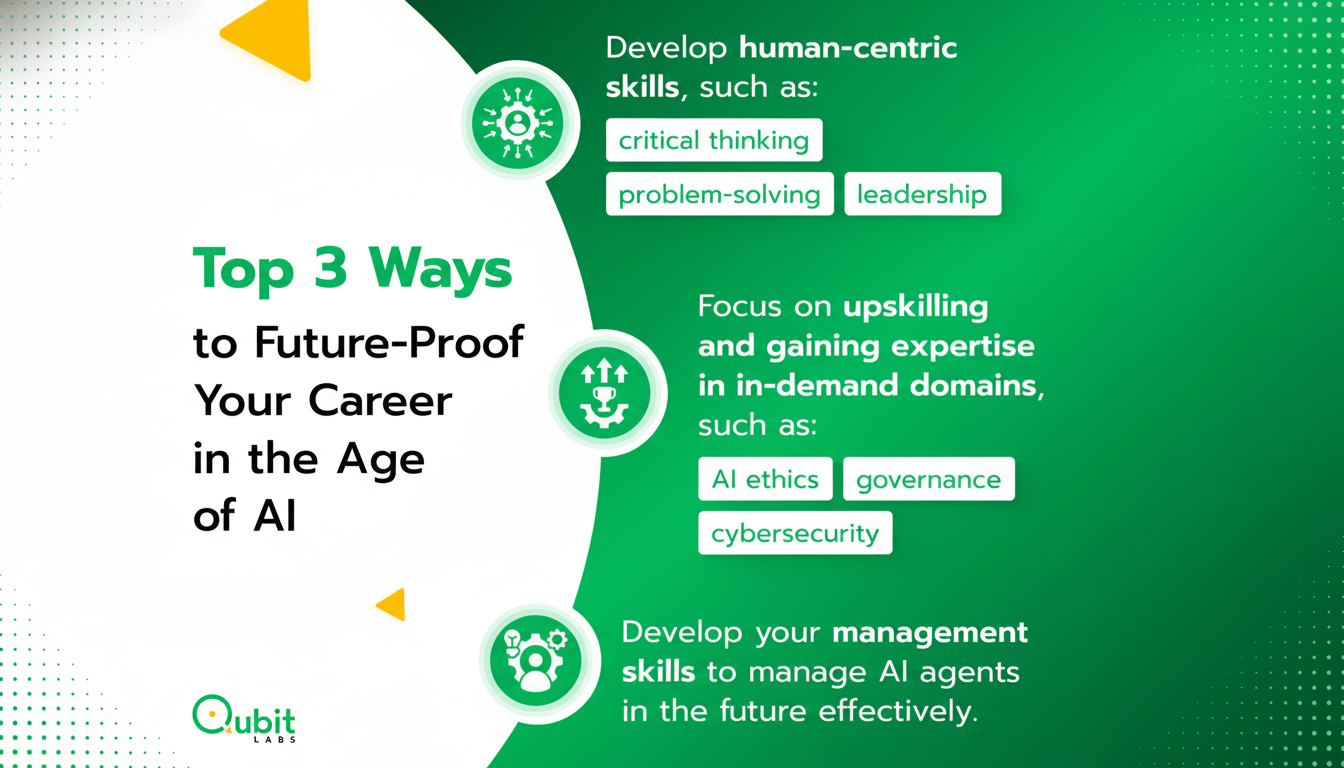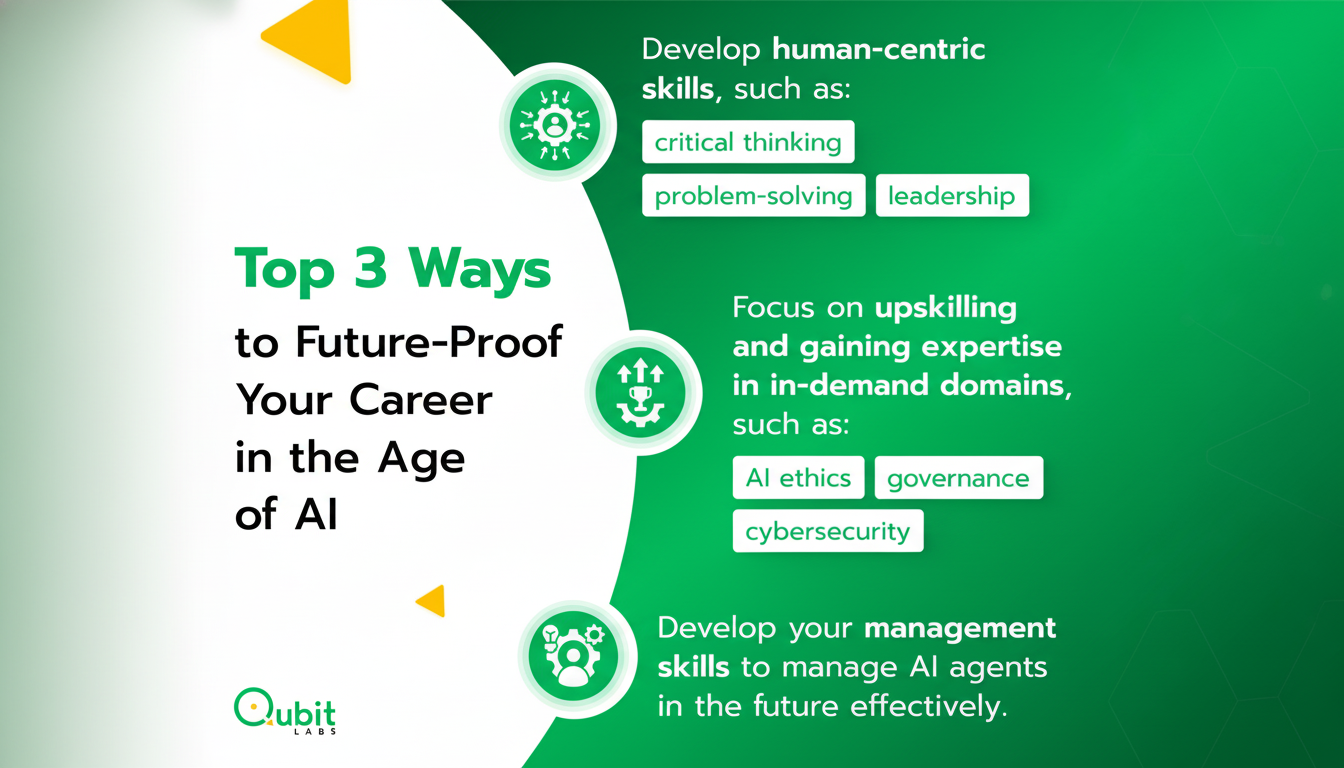Artificial intelligence is overhauling the job market—and changing how we get hired—and rewriting the IT career ladder in real time. The jobs closest to value creation are shifting toward data, automation, and product thinking, even as the old middle-management layers risk hollowing out. Not a dead end for ambitious IT workers; it’s an opportunity to accelerate past the bottleneck.
Signals are loud and consistent. The World Economic Forum has warned that half of core skills will soon be different. McKinsey estimates that generative AI could generate up to $4.4 trillion in annual value. But according to a number of reports, including new research from Atlassian, lots of companies are still having trouble transforming AI pilots into proven winners. That chasm between potential and delivery is exactly where future-ready IT pros can step in.

1. Learn AI Fundamentals While Coding Your Own Game of Life
Hands-on fluency beats theoretical knowledge. Stand up a prototype of small-scale retrieval-augmented generation (RAG), wire a vector database, and instrument an evaluation harness that monitors for accuracy, latency, cost, and drift. Go with open tooling—Hugging Face models, LangChain/LlamaIndex orchestration components—and disposition trade-offs as you go.
Go beyond demos. Send an agent that is used internally to solve low-severity issues or write KB articles with policy-aware prompts. Add some guardrails around PII redaction and preventing prompt injection. If you can communicate token budgets, context windows, how to mitigate hallucinations, and human-in-the-loop workflows to a CFO in ordinary English (i.e., layman’s terms), then you’re already going to leave the herd behind.
2. Transform Into A Product-Minded Technologist Who Can Speak In ROI
Executives fund outcomes, not models. Link AI initiatives to specific KPIs—whether it’s cycle time, cost-to-serve, churn, or NPS. Baseline design experiments and A/B tests. Bring FinOps to AI: Track $ per successful outcome, set token spend guardrails, and focus on use cases with quick payback periods.
Real-life example: Re-envision a support workflow through triage of tickets with an LLM, surfacing next-best actions based on historical resolutions, and deflecting known issues to self-service. Track first-contact resolution and backlog burn-down, not just “model accuracy.” McKinsey’s value propositions become real when you can say there is a % improvement in a P&L metric.
3. Lean In On Safety, Governance, And Responsible AI
Trust is the bottleneck of AI adoption. Ground your approach in recognized methodologies like the NIST AI Risk Management Framework and new standards such as ISO/IEC 42001. Outfit model risk, red-teaming, data lineage, and incident playbooks developed for AI failure modes.

Compliance is now strategy. Map use cases to requirements such as GDPR, HIPAA, and the EU AI Act. Construct privacy-by-design design patterns for data ingestion and prompt masking. IBM has announced multimillion-dollar average breach costs, and AI increases the attack surface via supply chains, model endpoints, and embedded plugins. The IT pros who can make secure-by-default AI an operational reality will be invaluable.
4. Better Your Power Skills That Machines Can’t Replace
Even as instruments automate more work, leverage is now in framing problems, aligning stakeholders, and making judgment calls. Analytical thinking, creativity, and leadership are still seen by the World Economic Forum as among the most sought-after skills. LinkedIn’s learning research also suggests employers overweight communication and collaboration.
Make these skills concrete. Run discovery workshops to convert fuzzy business pain into something that can be translated into testable hypotheses. Content hack: One-page proposals that add a word to the company’s assumptions, risks, and success metrics. Drive decisions across security, legal, and product—don’t “throw it over the wall.” In an AI-first world, the skill of convening, persuading, and de-risking is career rocket fuel.
5. Construct A Compound Career With Learning, Proof, And Networks
Continuous upskilling accumulates in the presence of receipts. Stack your core with cloud, data, security, and MLOps certifications but also assemble a visible portfolio: internal blog posts, architecture diagrams (even if you have to redact some parts), before/after metrics on your work outputs, and short demos that illustrate how you automated actual work. Developer surveys over and over again associate frequent learning with higher pay and job mobility.
Expand surface area. Open-source repos, meetup presentations, mentor colleagues. Participate in internal guilds that span product, risk, and compliance. Microsoft’s own research on its workforce finds that the use of everyday AI is nearly universal; pros who “automate themselves first” can cut a full day’s worth of time out of their week, repurposing it for higher-value work. Your organization should know you as the one who translates AI hype into responsible victories.
12 Jun 2019: The takeaway here is easy: AI isn’t going to kill IT jobs, but it will make you regret standing still. Put your hands on the stack, measure it, reinforce its edges, upgrade human skills, and make your progress easily seen. Do those five things and the glass ceiling is transformed into a glass elevator.

